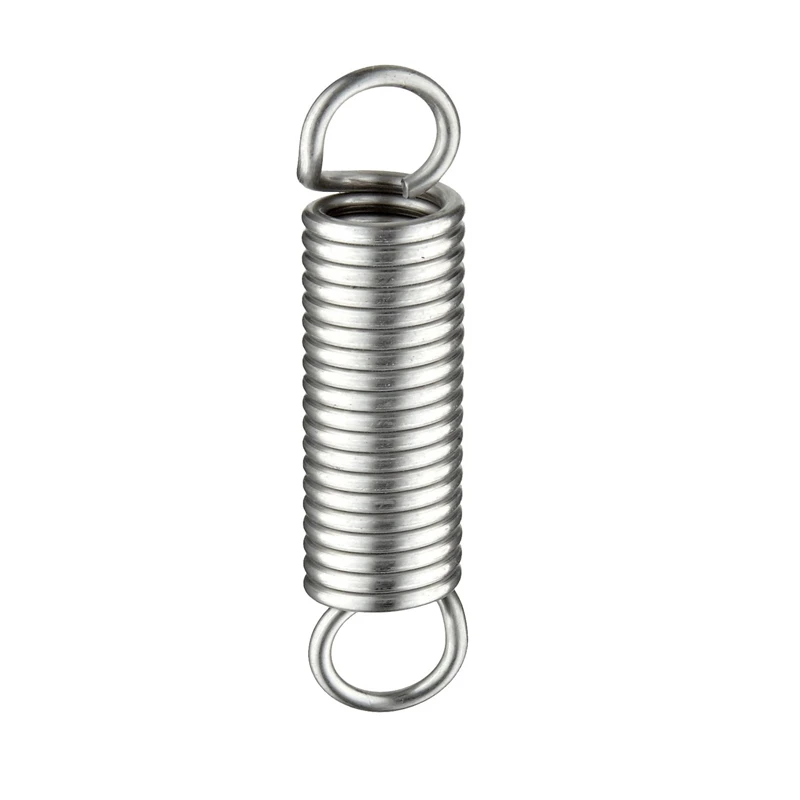
- Mobile Phone
- +8613931874955
- sales@cntcmetal.com
plastering corner bead
Understanding Plastering Corner Beads A Comprehensive Guide
Plastering is an essential step in constructing a robust and aesthetically pleasing interior. One important component often overlooked by DIY enthusiasts and even some professionals is the corner bead. This crucial element not only enhances the durability of plastered corners but also contributes significantly to the overall appearance of finished walls.
What is a Corner Bead?
A corner bead is a thin strip of metal, plastic, or paper that is installed at the corners of walls during the plastering process. Its primary purpose is to provide a clean, straight edge to the corners of drywall installations. The use of a corner bead helps to prevent chipping and cracking, ensuring that the corners remain intact over time. Additionally, it allows for a smoother finish when the drywall is painted or textured, thus enhancing the aesthetic appeal of the space.
Types of Corner Beads
There are several types of corner beads available, each catering to different requirements and preferences. The most common types include
1. Metal Corner Beads Typically made from galvanized steel or aluminum, metal corner beads are preferred for their strength and durability. They can withstand physical impacts better than their plastic counterparts, making them ideal for high-traffic areas.
2. Plastic Corner Beads These are lightweight and resistant to corrosion, making them suitable for wet areas such as bathrooms. However, they may not be as robust as metal beads, so careful consideration must be given to their placement.
3. Paper-faced Corner Beads This option combines the strengths of both paper and metal. The bead is made from metal with a paper face, which allows for better adhesion of the plaster. They are easy to install and provide a nice finish.
4. Flexible Corner Beads For curved walls or arches, flexible corner beads are an excellent choice. They can bend easily, allowing for smooth transitions without harming the integrity of the plaster.
Installation Process
plastering corner bead

Installing a corner bead is relatively straightforward, but precision is key to achieving a professional finish
. Here's how to do it1. Prepare the Wall Ensure that the drywall is installed and that the corners are clean and free of debris.
2. Cut the Corner Bead Measure the length needed and cut the corner bead accordingly. For metal beads, tin snips work best, while utility knives are suitable for plastic options.
3. Attach the Corner Bead Position the corner bead over the corner of the drywall. For metal beads, use drywall nails or screws every few inches to secure it to the framing. For plastic beads, construction adhesive can also be utilized.
4. Apply Joint Compound Once the corner bead is fixed in place, apply a coat of joint compound over it. Feather the edges to blend smoothly with the drywall. After drying, sand it for a smooth finish.
5. Finish Up After the joint compound is dry, apply another coat as necessary until the corner is seamless. Once satisfied, finish with paint or texture as desired.
Benefits of Using Corner Beads
The advantages of incorporating corner beads cannot be overstated. They provide structural support to corners, thereby reinforcing the drywall and preventing damage. Additionally, they effectively conceal joint seams, lending a polished look to walls. Moreover, they facilitate easier tape application, ensuring that corners are less likely to crack over time.
Conclusion
In summary, corner beads are a vital element in any plastering project. They enhance both the function and style of corners, ensuring that your walls are not only durable but also visually appealing. Whether you're a seasoned professional or a DIY novice, understanding the role of corner beads will help you achieve the best possible results in your plastering endeavors. Investing time and effort into this often-overlooked detail can make a significant difference in the quality of your wall finishes.
share:
-
Why Sacrificial Formwork Is Redefining Underground ConstructionNewsJun.06,2025
-
The Structural Dynamics of Modern Concrete: How Snake Spacers Revolutionize Flexible ReinforcementNewsJun.06,2025
-
Snake Spacers Smart-Lock Concrete Reinforcement with Surgical PrecisionNewsJun.06,2025
-
Snake Spacers: Reinforcement Precision for Modern Concrete ProjectsNewsJun.06,2025
-
Snake Spacers Powering Concrete's Structural DNANewsJun.06,2025
-
Slither into Success: Snake Spacers' Precision Bite for Unbreakable ReinforcementNewsJun.06,2025
-
Sacrificial Formwork: Building Stronger, Faster, and Safer StructuresNewsJun.06,2025



















